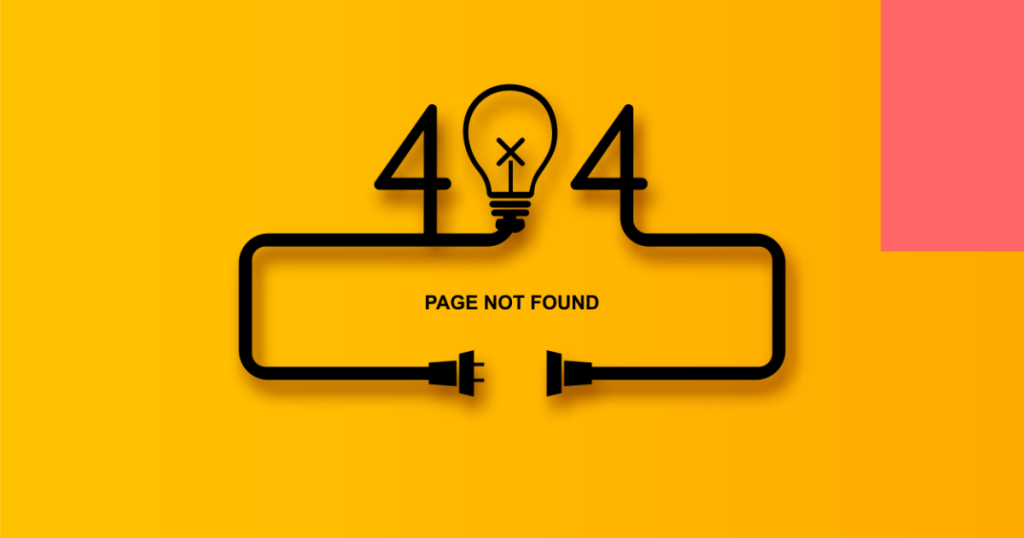Your business's homepage is critical to your success. It's the first impression potential customers will have of your company, and it needs to be designed to convert visitors into leads and customers.
A poorly designed homepage can cost you dearly in lost sales and opportunities, so it's essential to get it right.
Thinking about the conversion rate and how to optimize your homepage can feel daunting, but it doesn't have to be. This guide will show you how to increase your conversion rate by adjusting your homepage design.
Let’s get right into it.
The Real Purpose Of Conversion Rate Optimization
The real purpose of conversion rate optimization is to increase the number of visitors who complete your desired action on your homepage.
This means that having goals is critical to the success of your optimization efforts. These goals can be as simple as “I want more people to subscribe to my newsletter” or “I want more people to buy my product.”
However, if you seriously want to optimize your conversion rate, you need to take a more scientific approach. This means having quantifiable goals that you can track and measure.
For example, rather than simply saying, “I want more people to subscribe to my newsletter,” you might say, “I want to increase my subscription rate by 2% within the next month.”
This is a quantifiable goal that you can track over time to see if your optimization efforts are successful.
It's also important to remember that there is no such thing as a "good" conversion rate, as it varies depending on the industry and the business's specific goals. Some industries have very high conversion rates, while others have lower conversion rates.
The important thing is that you are constantly trying to improve your conversion rate, regardless of what industry you're in.
How To Get Conversion Rate Improvement On Your Online Business's Homepage
Now that we've covered the basics of conversion rate optimization, let's look at some specific ways to optimize your online business's homepage to increase your conversion rate.
Have A Fast Loading Website
In 2022, a fast-loading website will make (and leave) a lasting impression on your visitors. This is the first place where you can impact your conversion rate.
A website that loads quickly gives off the impression of a well-organized, efficient, and trustworthy business. On the other hand, a slow-loading website will frustrate visitors and make them less likely to convert.
There are several ways to improve your website's speed, such as optimizing images, using a content delivery network (CDN), and minifying code.
You can also use tools like Google's PageSpeed Insights to test your website's speed and get specific recommendations to improve it.
In addition, a fast-loading site is a must when it comes to SEO. Google has stated that site speed is a ranking factor, so if you want to improve your SEO, you need to make sure your site is fast.
Authentic Content
As you update your content, it's essential to keep your conversion goals in mind. Every piece of content you create should be aimed at helping you reach your goals.
When you discover your brand personality, building an authentic brand can be done in several ways, but one of the most important is making sure your content is consistent with your brand voice.
When you're creating new content, take the time to ensure that it's in line with your website's overall tone and style. This will help create a seamless experience for visitors and make them more likely to convert.
Make Navigation So Easy Visitors Can Do It With Their Eyes Closed
The goal of your website's navigation is to help visitors find what they're looking for as quickly and efficiently as possible. If your navigation is confusing or difficult to use, visitors will quickly become frustrated and leave your site.
To ensure that your navigation is easy to use, keep the following things in mind:
Use clear and descriptive labels for each section Group similar sections together Use drop-down menus sparingly Include a search bar
An excellent example to look at is DoorsPlus, an Australian door website. Their homepage has clearly defined sections that include "Featured Products," "Feature Transformation," and a particular section titled "Why choose Doors Plus?".
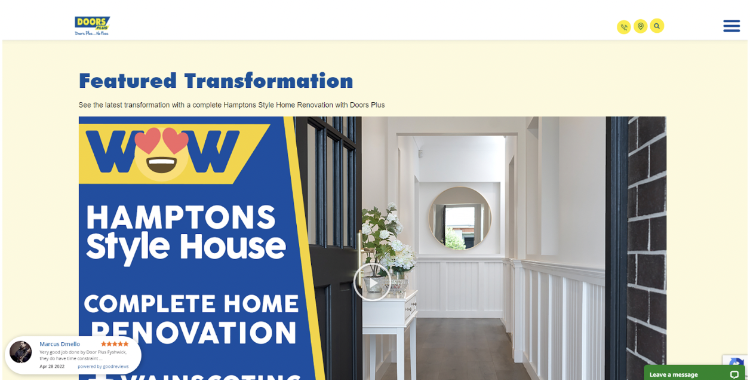
All of these help the customer easily find what they need without getting frustrated and leaving the site.
Utilize Calls To Action (CTAs)
Your CTAs are critical elements on your homepage, so it's essential to ensure they're effective.
They should be clear, concise, and easy to spot. They should also be relevant to the rest of the content on the page and lead visitors to the next step in your conversion funnel.
Don't forget to test different versions of your CTAs to see which ones perform the best. This is an essential part of conversion rate optimization and can help you continuously improve your results.
Considering a different industry to the above, another example worth noting is HearCanada.
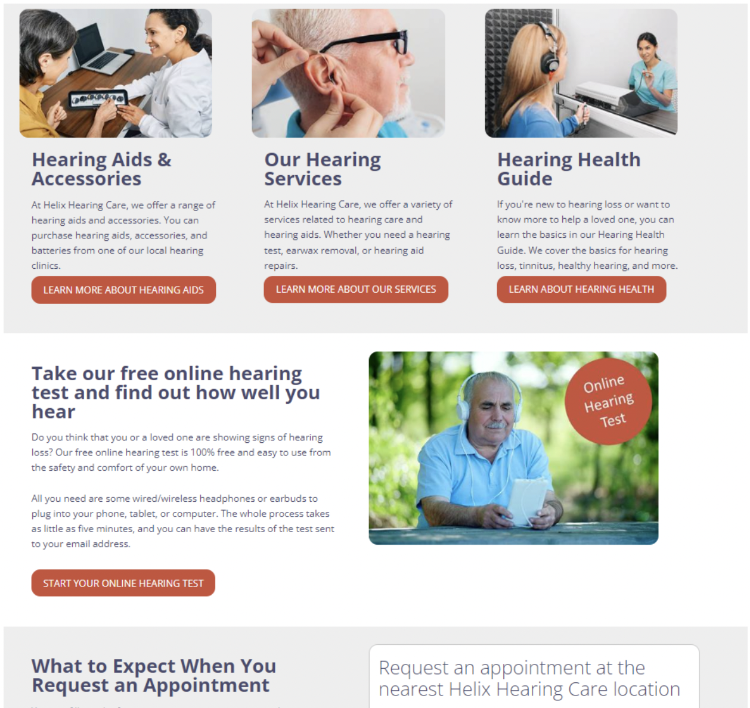
There are various calls to action on their homepage that apply to the target audience they're trying to influence. These CTAs include:
Start Your Online Hearing Test Learn About Hearing Health Learn More About Our Services Learn More About Hearing Aids I Would Like an Appointment
All of these could resonate with a potential customer, leading to an increase in the conversion rate that the company experiences.
Focus On The Right Keywords To Reach The Right People
Keywords and search intent are crucial to SEO and your website's overall conversion rate. The proper keywords will help you attract the right visitors to your site, and the right search intent will ensure that those visitors are ready to convert.
To find the right keywords, start by thinking about what kind of information your target audience is looking for. Then base your content around those keywords.
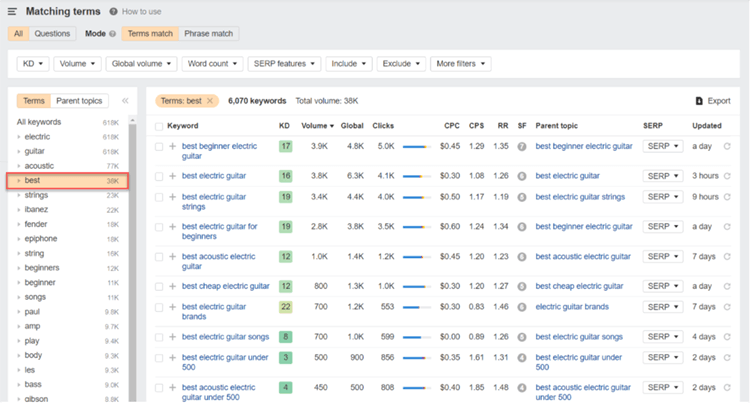
In addition, using the correct anchor links can also help you improve your website's conversion rate. Anchor links are the text that you can click on to be taken to another page or section of a page.
Website visitors expect that when they click on an anchor text that promises certain information, they will be taken to a page that provides it. If you're not using the correct anchor text, you could be misleading visitors and causing them to leave your site.
Tracking Analytics Should Be One Activity You Spend Time On
Analytics tracking is essential for any website because analytics can give you a wealth of information about your visitors, their behavior, and what's causing them to convert (or not).
It would help if you also used advanced tracking to track specific events on your website. This information can be extremely valuable in understanding what's working (and what's not) on your website.
Using tools such as Google Analytics and Google Ads events, Facebook Pixel events, and even various scripts on Google Tag Manager can help you track just about anything you want on your website.
Use Positive Customer Reviews
A great homepage design is only part of the equation for increasing your website's conversion rate. You also need to have great content that will appeal to your target audience.
One way to do this is to use customer reviews on your homepage. The right customer reviews can help build trust, increase confidence, and motivate visitors to take action.
If you're not using customer reviews on your homepage, now is the time to start.
Looking at Pherrus, a financial and tax accounting service, we can see that they use customer review videos on their homepage.
This is a great way to build trust and credibility, and it's also an effective way to showcase the features and benefits of the service provided.
If someone is on the fence about taking the next step with your company, a customer review can be just the push they need to convert.
Other Pages To Implement A CRO Strategy On
While the homepage is an essential page to consider, it's not the only page on your website that you need to optimize for conversion. Every page on your website should be designed with conversion in mind.
Here are a few other pages on your site that you should also focus on.
Pricing Page
The pricing page is one of the hubs of any website as it is where a lot of the website’s monetary proposition is going to be communicated. As such, the pricing page must be effective in several ways.
The first way is to be clear about the pricing page. There should be no doubt in the visitor's mind that they have arrived at a page where they can learn about the different prices for the products or services being offered.
The second way the pricing page should be effective is by having a straightforward and easy-to-understand layout. The last thing you want is for a potential customer to get confused and frustrated when trying to find out how much your product costs.
Finally, the pricing page should be effective in its use of language. The words you use can significantly impact how likely someone is to buy your product. Avoid jargon or complex sentence structures, and focus on making it easy for the visitor to understand what you’re offering.
Blog
The blog is another vital page on your website that can significantly impact your conversion rate. This is because the blog can show off your company’s expertise and build trust with potential customers.
When optimizing your blog for conversion, you should keep a few things in mind. First, make sure that each post is well-written and informative. No one wants to read a fluff piece, so make sure your blog posts provide value.
Second, include calls to action on each blog post. This could be something like “subscribe to our newsletter” or “download our ebook.”
Landing Pages
Various forms will increase your landing page conversions. Opt-in forms, for example, are great for building an email list and taking advantage of email marketing in your business.
You can also use landing pages to offer a freebie for an email address. This is a great way to increase conversion because you’re getting something in return for giving away your contact information.
Other types of forms you can use on your landing pages are surveys, polls, and quizzes. These forms can be used to collect valuable data about your target audience. This data can then improve your marketing strategy and increase your conversion rate.
Checkout Pages
Finally, future-proofing your payment page is another way to increase conversion on your website.
First, make sure the process is as short and straightforward as possible. No one wants to fill out a long form when trying to buy something online. Second, include progress indicators, so users know how far they’ve come (and must go) in the checkout process.
Third, give visitors the option to save their information for future purchases. This will make it easier for them to buy from you again in the future and increase the likelihood of conversion.
Also, ensure that you use the logos of prominent payment processors on your page to build trust with potential customers. This will show that you're a credible website and increase the chances of conversion.
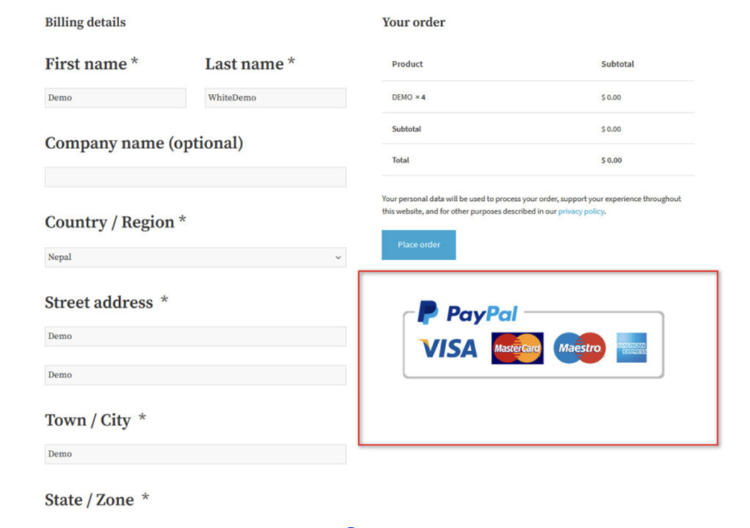
By following these tips, you can optimize your website for conversion and increase your chances of success.
Conclusion
Optimizing your business homepage is vital to increasing the conversion rate. The homepage is the first page that a user visits after landing on your website, so it plays a crucial role in the customer journey.
By following the above tips, you can ensure that your homepage is effective and conversion-friendly. Implement these tips and watch your conversion rate increase in no time!
Author
Hanson Cheng is the founder of Freedom to Ascend. He empowers online entrepreneurs and business owners to 10x their business and become financially independent. You can connect with him here.
